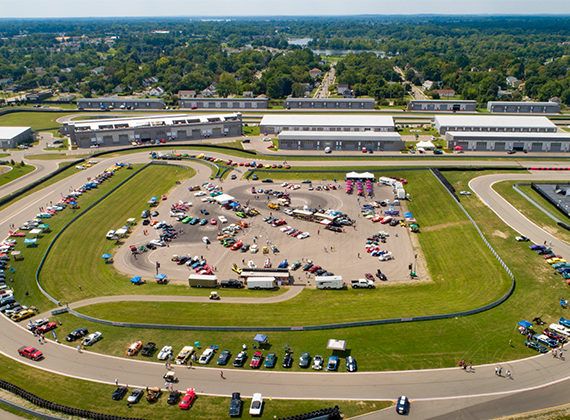Building Resilient Sites with the Sustainable Sites Initiative

In an era marked by growing environmental concerns and the need for sustainable development, the construction and development industry is gradually embracing new strategies to create more resilient and environmentally friendly sites. The Sustainable Sites Initiative (SITES) is one such groundbreaking program that offers a comprehensive framework to help developers design, build, and manage landscapes that are aesthetically pleasing, environmentally conscious, and resilient. By integrating ecological principles, innovative design, and cutting-edge technology, SITES empowers developers to construct sites that can withstand the challenges of a changing climate and contribute positively to local ecosystems.
Understanding the Sustainable Sites Initiative AKA SITES
The Sustainable Sites Initiative, launched in 2005, is a collaboration between the United States Green Building Council (USGBC), the Lady Bird Johnson Wildflower Center, and the American Society of Landscape Architects. SITES was created to establish a holistic approach to sustainable land development and landscape design. It provides a comprehensive rating system and guidelines emphasizing ecological restoration, biodiversity, stormwater management, and community engagement.

Key Principles of SITES
- Site Selection and Context: Developers are encouraged to choose sites that have a minimal negative impact on natural resources, ecosystems, and cultural heritage. The surrounding context is considered to ensure that the development harmonizes with its environment.
- Water Management: SITES focuses on effective water management strategies, such as rainwater harvesting, permeable surfaces, and innovative stormwater management systems. These practices mitigate flooding, replenish local water sources, and reduce strain on municipal water infrastructure.
- Soil Health: Healthy soils are crucial for resilient landscapes. SITES promotes soil restoration and management techniques that enhance fertility, prevent erosion, and support plant growth.
- Vegetation and Planting: Integrating native and adaptive plants fosters biodiversity, reduces water demand, and creates habitats for local wildlife. Proper planting techniques enhance site resilience and longevity.
- Human Health and Well-being: SITES emphasizes creating spaces that are not only environmentally responsible but also beneficial to human well-being. Access to nature, outdoor recreation areas, and promoting mental and physical health are integral aspects.
- Materials Selection: Sustainable materials, including those with low embodied energy and reduced environmental impact, are recommended. Reusing and recycling materials minimize waste and support a circular economy.
Building Resilient Sites through SITES
The Sustainable Sites Initiative plays a pivotal role in helping developers construct more resilient sites in various ways:
- Climate Resilience: By integrating natural infrastructure features like wetlands, green roofs, and urban forests, SITES helps sites better adapt to extreme weather events, temperature fluctuations, and other climate-related challenges.
- Biodiversity Preservation: SITES encourages the use of native plants and the restoration of habitats, fostering biodiversity. Diverse ecosystems are more resilient to disease, pests, and environmental changes.
- Reduced Erosion and Flooding: SITES mitigates erosion and flooding risks through innovative stormwater management techniques. This protects both the development and the surrounding areas from damage.
- Resource Efficiency: Efficient use of water and energy resources reduces the ecological footprint of sites. Smart irrigation systems, renewable energy integration, and responsible waste management contribute to long-term resilience.
- Community Engagement: Developers following SITES principles engage with local communities, enhancing social resilience. By providing accessible green spaces and involving community members in planning, sites become focal points for communal interaction and support.
The Sustainable Sites Initiative serves as a beacon for developers seeking to create resilient and sustainable sites that can endure the challenges of an uncertain future. Through its comprehensive framework, SITES not only helps in conserving and enhancing natural resources but also in fostering community well-being. As the world grapples with the effects of climate change and urbanization, initiatives like SITES are crucial in driving innovation, promoting sustainable practices, and ensuring that our built environments coexist harmoniously with nature. By embracing the principles of the Sustainable Sites Initiative, developers have the opportunity to shape a more resilient and sustainable future for generations to come.
Contact Us
For More Information

